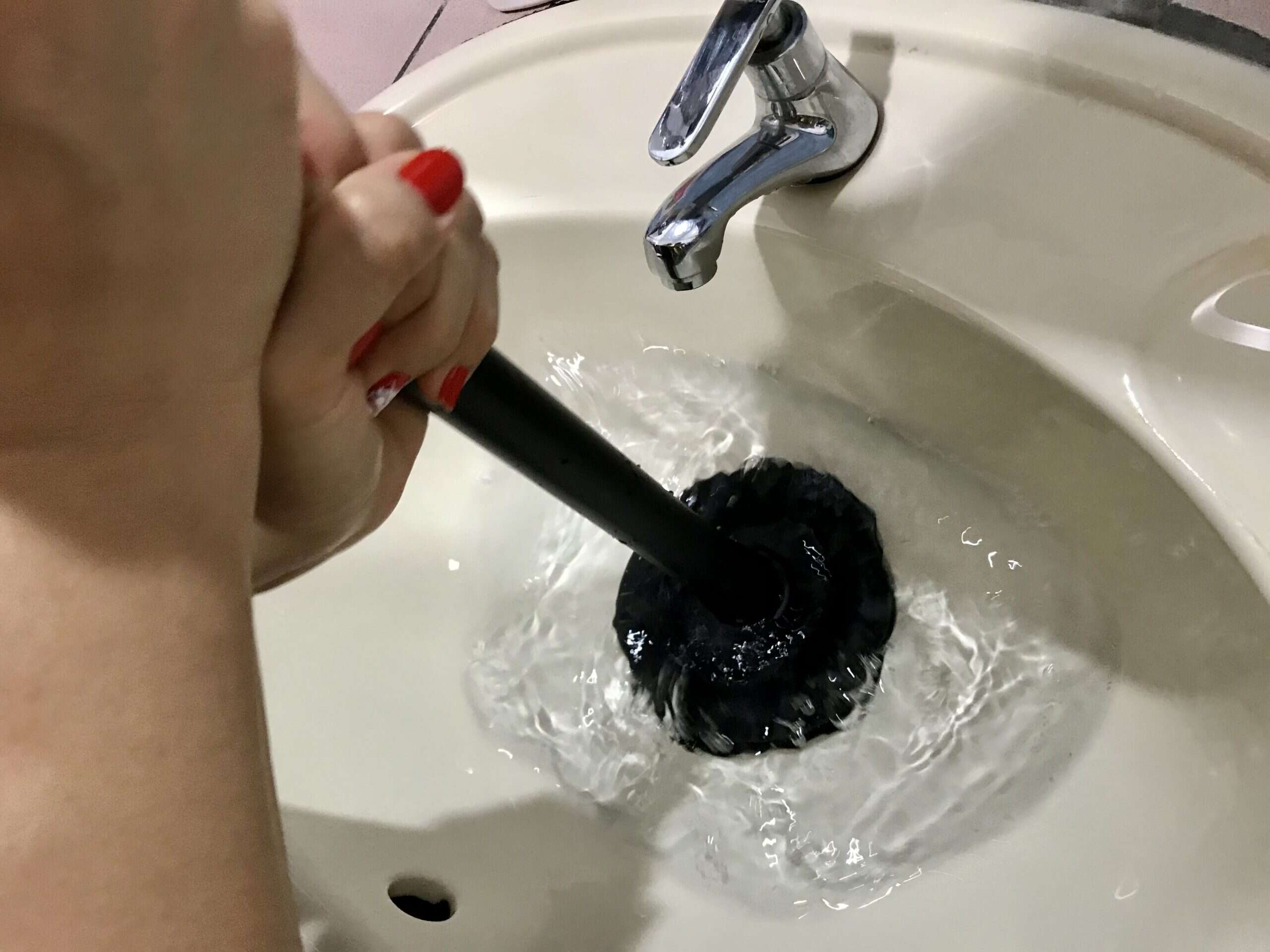

Articles
How To Unclog A Sink With Standing Water
Modified: April 22, 2024
Learn how to easily unclog a sink with standing water with these helpful articles. Discover the best methods and tools for a hassle-free solution.
(Many of the links in this article redirect to a specific reviewed product. Your purchase of these products through affiliate links helps to generate commission for Storables.com, at no extra cost. Learn more)
Introduction
Dealing with a clogged sink can be a frustrating experience for any homeowner. It’s even more troublesome when there is standing water in the sink, making it difficult to use or causing unpleasant odors. The good news is that you can take steps to unclog a sink with standing water and get it back to normal functioning.
In this article, we will guide you through a step-by-step process to effectively unclog your sink when faced with standing water. From gathering the necessary tools to resorting to professional help, we will cover all the possibilities to help you resolve the issue.
Before we dive into the steps, it’s important to understand that safety should always be a top priority. Make sure to follow the necessary precautions and take the appropriate measures to protect yourself and your sink from any potential damage.
Are you ready to tackle that clogged sink and get rid of the standing water? Let’s get started!
Key Takeaways:
- Don’t let a clogged sink with standing water ruin your day. Gather the necessary tools, prioritize safety, and try DIY methods like using a plunger, pouring boiling water, or applying a mixture of baking soda and vinegar before considering professional help.
- When faced with a stubborn clog, don’t hesitate to consult a professional plumber. Their expertise, specialized tools, and long-term solutions can effectively resolve complex clogs and prevent further damage to your plumbing system.
Read more: How To Unclog The Sink
Step 1: Gather the necessary tools
Before you begin the unclogging process, it’s important to gather the necessary tools to ensure a smooth and effective procedure. Here are the tools you will typically need:
- A plunger: A sink plunger is an essential tool for any clog-related issues. Make sure to have one that is specifically designed for sinks.
- A bucket: This will come in handy for collecting the standing water and any debris that you may need to remove.
- A pair of rubber gloves: Rubber gloves will provide protection from dirty water and any chemicals you may need to use during the unclogging process.
- A plumbing snake: A flexible and long tool used to reach and dislodge stubborn clogs deep within the sink’s pipes.
- Baking soda and vinegar: These common household items can be used to create a natural and chemical-free solution for breaking down clogs.
- Boiling water: Boiling water is a simple yet effective method to melt away certain types of clogs.
Make sure you have all these tools readily available before you begin the unclogging process. Having them on hand will save you time and frustration during the process.
Remember, different clogs may require different tools. If you have already tried basic unclogging methods without success, you may need additional tools such as a drain auger or a wrench for removing the P-trap (which we will discuss later). Analyze the situation and ensure you have the appropriate tools for the job.
Now that you have gathered your tools, it’s time to move on to the next step: taking safety precautions to protect yourself and your sink.
Step 2: Safety precautions
Before you start working on unclogging your sink with standing water, it’s crucial to take some safety precautions. By following these measures, you can protect yourself and prevent any further damage to your sink or plumbing system. Here are some important safety tips to keep in mind:
- Wear protective gear: It’s essential to protect yourself before you begin. Put on a pair of rubber gloves to shield your hands from any potentially harmful substances.
- Turn off the water supply: To avoid any accidental overflow or water splashing, turn off the water supply to the sink. This will prevent any further water accumulation during the unclogging process.
- Keep the area well-ventilated: If you’re using any chemical-based cleaners, make sure the area is well-ventilated to prevent inhaling any fumes. Open windows or run a fan to promote air circulation.
- Follow instructions for chemical cleaners: If you decide to use chemical cleaners, carefully read and follow the instructions provided on the packaging. Be cautious when handling them, as they can be harmful if not used properly.
- Avoid using excessive force: When using tools like plungers or plumbing snakes, avoid applying excessive force. This can damage your sink or plumbing pipes. Use gentle yet firm pressure to dislodge the clog.
- Exercise caution with hot water: When using boiling water, be cautious to avoid burns. Pour the water slowly and carefully into the sink to melt away the clog.
- Do not mix different chemicals: If you’re using chemical cleaners, avoid mixing them with other substances. Combining different chemicals can result in dangerous reactions or even toxic fumes.
By taking these safety precautions, you can ensure your well-being and prevent any potential accidents during the unclogging process. Always prioritize your safety and follow the instructions provided by the manufacturers of the tools and cleaning products you are using.
Now that you’ve taken the necessary safety measures, it’s time to move on to the next step: clearing the area around the sink to prepare for the unclogging process.
Step 3: Clearing the area around the sink
Before you begin unclogging your sink with standing water, it’s important to clear the area around the sink to create a clean and organized workspace. Removing any items or debris near the sink will prevent them from getting in the way or falling into the drain during the unclogging process. Here’s what you should do:
- Remove any dishes or utensils: Take out any dishes, cups, or utensils that are in or around the sink. This will prevent them from accidentally falling into the sink or interfering with the unclogging process.
- Clear away any objects: Look around the immediate area surrounding the sink and remove any objects, such as soap dispensers, toothbrush holders, or decorative items. These items can obstruct your movements and may accidentally get knocked into the sink if left in place.
- Wipe down the sink area: Use a clean cloth or sponge to wipe down the sink and the countertops around it. This will remove any dirt, grime, or food particles that could potentially contribute to the clog or hinder the unclogging process.
By clearing the area around the sink, you create a clean and clutter-free space to work in. This will allow you to focus on unclogging the sink without any distractions or obstructions.
Once you have cleared the area, it’s time to move on to the next step: removing the standing water manually.
Step 4: Removing standing water manually
When faced with a clogged sink and standing water, it’s important to remove the water manually before attempting any unclogging methods. This will prevent any potential overflow or mess during the unclogging process. Here’s how you can remove the standing water:
- Gather a bucket or a large container: Find a bucket or a container that can hold a significant amount of water. Place it below the sink to collect the standing water.
- Using a cup or a ladle, carefully scoop out the standing water from the sink. Start from the surface and work your way down, ensuring that you remove as much water as possible. Pour the water into the bucket or container.
- If the water level is too high and you’re struggling to remove it manually, you can use a small container or a cup to bail out the water. Scoop the water out and dump it into the bucket until the water level lowers enough for easier removal.
- Dispose of the collected water appropriately. This can vary depending on your local regulations. Pouring the water down a toilet or a drain is usually the safest and most convenient option.
By manually removing the standing water, you create a clean and clear space to effectively work on unclogging the sink. Additionally, removing the water helps prevent any potential overflow during the unclogging process.
Once you have removed the standing water, it’s time to move on to the next step: using a plunger to unclog the sink.
Read more: How To Unclog A Sink With A Plunger
Step 5: Using a plunger
Using a plunger is often an effective method for unclogging a sink with standing water. The suction created by the plunger can help dislodge the clog and restore the normal flow of water. Here’s how to use a plunger to unclog your sink:
- Make sure the sink is partially filled with water. If there is no water in the sink, add some and let it reach a level that covers the cup of the plunger.
- Place the plunger over the drain, ensuring that it covers the entire opening of the drain.
- Hold the plunger firmly and create a seal around the drain by pressing down firmly. The goal is to create a vacuum seal between the plunger and the sink surface.
- Start plunging in an up-and-down motion, using firm and steady pressure. This action will help create suction and dislodge the clog.
- Continue plunging for about 10-15 seconds, and then quickly pull the plunger off the drain. This motion should break the seal and create a suction effect that helps remove the clog.
- Check if the water drains properly. If it does, congratulations! You have successfully unclogged the sink using a plunger. If not, repeat the plunging process a few more times. Be patient and persistent.
Using a plunger can be effective for minor to moderate clogs. If the sink remains clogged even after several attempts with a plunger, it may be necessary to try other methods or seek professional help.
Now that you’ve tried using a plunger, it’s time to move on to the next step: pouring boiling water to further unclog the sink.
Pour a mixture of 1 cup baking soda and 1 cup vinegar down the drain, followed by hot water. Let it sit for 15 minutes, then flush with hot water to unclog the sink.
Step 6: Pouring boiling water
Pouring boiling water into a clogged sink can be an effective and simple method to break down certain types of clogs. The heat from the boiling water can help dissolve grease, soap scum, and other debris that may be causing the blockage. Here’s how to safely pour boiling water to further unclog your sink:
- Heat a pot or kettle of water on the stove until it reaches a rolling boil. Ensure that you have enough boiling water to fill the sink or at least cover the drain opening.
- Slowly pour the boiling water into the drain. Start with a small amount and gradually increase the flow. This will prevent any potential damage to the sink or pipes from sudden temperature changes.
- Allow the boiling water to work its way through the clog for a few moments. The hot temperature should help dissolve the obstruction and facilitate the flow of water.
- If the water starts to drain or drains completely, congratulations! You have successfully unclogged the sink using boiling water. If not, you may need to try another method or proceed to the next step.
It’s important to note that pouring boiling water should only be used for certain types of clogs. Avoid using this method if you have PVC pipes, as the extreme heat can damage them. Additionally, do not attempt this method if you have used any chemical cleaners or substances in the sink, as combining them with boiling water can create hazardous reactions.
Now that you’ve poured boiling water into the sink, let’s move on to the next step: applying a mixture of baking soda and vinegar to further unclog the sink.
Step 7: Applying a mixture of baking soda and vinegar
The combination of baking soda and vinegar can be a powerful and natural solution for unclogging sinks. The chemical reaction between these two household ingredients creates a foaming effect that helps break down stubborn clogs. Here’s how to use a mixture of baking soda and vinegar to unclog your sink:
- Start by removing any standing water from the sink using the methods described earlier.
- Pour about half a cup of baking soda into the drain. Distribute it evenly and make sure it goes down the drain, rather than staying on the sink surface.
- Next, pour about half a cup of vinegar into the drain. You will notice a foaming reaction, which indicates that the mixture is actively working to break down the clog.
- Allow the baking soda and vinegar mixture to sit in the drain for about 15-20 minutes. This will give it enough time to penetrate the clog and break it down.
- After the designated time, flush the drain with hot water. This will help push out any remaining debris and unclog the sink.
- Observe if the water drains properly. If it does, congratulations! You have successfully unclogged the sink using a mixture of baking soda and vinegar. If not, you may need to try another method or move on to the next step.
Using a mixture of baking soda and vinegar is a safe and environmentally friendly option for unclogging sinks. However, keep in mind that this method may not be effective for all types of clogs. For more stubborn or complex clogs, you may need to consider using a plumbing snake or seek professional help.
Now that you’ve tried the baking soda and vinegar mixture, let’s move on to the next step: using a plumbing snake to unclog the sink.
Step 8: Using a plumbing snake
When other methods fail to unclog your sink with standing water, using a plumbing snake, also known as a drain auger, can be your next line of defense. A plumbing snake is a flexible tool designed to reach deep into the pipes and break up stubborn clogs. Here’s how to use a plumbing snake:
- Extend the cable: Start by extending the cable of the plumbing snake. The length will depend on the depth of the clog and the configuration of your plumbing system.
- Insert the snake into the drain: Carefully insert the end of the cable into the drain, pushing it in gently but firmly. Rotate the handle clockwise while applying light pressure to feed the snake further into the pipe.
- Break up the clog: When you encounter resistance or feel the snake has reached the point of the clog, continue rotating the handle to break up the obstruction. The rotating action will help dislodge the clog and allow it to be removed.
- Retrieve the snake: Slowly pull the snake out of the drain, maintaining a firm grip on the handle. Be prepared for the possibility of debris or gunk attached to the cable.
- Repeat the process if necessary: If the sink is still not draining properly, repeat the process by inserting the snake into the drain multiple times. This can help thoroughly break up and remove any remaining clogs.
- Dispose of any debris: Once you have successfully unclogged the sink, dispose of any debris or gunk removed by the snake. Use a cloth or wipes to clean the cable before storing it.
Using a plumbing snake can be an effective method for tackling tough clogs deep within the pipes. However, keep in mind that it requires some skill and caution to avoid damaging the pipes or causing further blockage. If you’re unsure or uncomfortable using a plumbing snake, it’s best to consult a professional plumber.
Now that you’ve tried using a plumbing snake, let’s move on to the next step: checking the P-trap for any clogs.
Read more: How To Unclog A Sink Naturally
Step 9: Checking the P-trap
If your sink is still not draining properly after attempting previous unclogging methods, it may be necessary to check the P-trap for any clogs. The P-trap, also known as a U-bend, is a curved pipe beneath the sink that helps trap debris and prevent sewer gases from entering your home. Here’s how to check and clean the P-trap:
- Place a bucket or a large container under the P-trap to catch any water or debris that may spill out.
- Using a wrench or pliers, carefully loosen the slip nuts that secure the P-trap to the pipes on both ends. Be prepared for some water and debris to come out as you loosen the connections.
- Once the slip nuts are loosened, remove the P-trap from the pipes. Inspect the P-trap for any visible clogs or debris. Use a brush or a cloth to remove any gunk or buildup that may be causing the blockage.
- Check the pipes leading to and from the P-trap for any clogs or obstructions. If necessary, use a plumbing snake or a long wire to remove any debris and ensure the pipes are clear.
- After cleaning the P-trap and pipes, reattach the P-trap by tightening the slip nuts in a clockwise direction. Ensure the connections are snug but not overly tight to avoid damaging the pipes.
- Turn on the water and test if the sink is draining properly. If the water flows freely, congratulations! You have successfully unclogged the sink by checking and cleaning the P-trap. If not, you may need to consider seeking professional assistance.
Checking the P-trap can be an effective way to eliminate stubborn clogs that may be localized in that area. However, it’s essential to handle the P-trap and the connections with care to prevent leaks or damage to the plumbing system.
If you’re unsure or uncomfortable with checking the P-trap yourself, it’s best to call a professional plumber who can accurately diagnose and address the issue.
Now that you’ve checked the P-trap, let’s move on to the final step: considering the option of consulting a professional plumber.
Step 10: Consulting a professional plumber
If you have tried various methods to unclog your sink with standing water and still haven’t achieved satisfactory results, it may be time to consider consulting a professional plumber. A plumber has the knowledge, expertise, and specialized tools to diagnose and resolve complex clogs that may be beyond your capabilities. Here’s why you should consider calling a professional plumber:
- Experience and expertise: Professional plumbers have the necessary training and experience to handle a wide range of plumbing issues, including stubborn clogs. They can accurately diagnose the cause of the clog and implement the most appropriate solution.
- Specialized tools and equipment: Plumbers have access to specialized tools and equipment that may not be available to homeowners. These tools, such as drain augers or hydro jetting machines, are designed to effectively remove tough clogs and restore proper drainage.
- Preventing further damage: Attempting to unclog a sink without proper knowledge or skills can potentially lead to further damage to your plumbing system. A professional plumber knows how to handle delicate pipes and fixtures, ensuring that the unclogging process is performed safely and without causing additional issues.
- Time and convenience: Unclogging a sink can be time-consuming and frustrating, especially when faced with a stubborn clog. Calling a professional plumber saves you time and effort, allowing you to focus on other important tasks while they take care of the problem.
- Long-term solutions: A professional plumber can provide you with long-term solutions to prevent future clogs. They can offer advice on proper maintenance and recommend any necessary repairs or upgrades to ensure optimal plumbing performance.
Remember, it’s important to choose a reputable and licensed plumber. Do your research, read reviews, and get recommendations from trusted sources to ensure you are working with a qualified professional.
By consulting a professional plumber, you can have peace of mind knowing that your sink will be properly unclogged and any underlying issues will be addressed effectively.
With Step 10 completed, you have gone through the entire process of unclogging a sink with standing water. We hope that the steps outlined in this article have helped you successfully restore the proper functioning of your sink. Remember, taking preventative measures in the future, such as regularly cleaning your drains and being mindful of what goes down the sink, can help minimize the occurrence of clogs.
Happy unclogging!
Conclusion
Dealing with a clogged sink that has standing water can be a frustrating and inconvenient problem to have. However, by following the step-by-step guide outlined in this article, you can effectively unclog your sink and restore normal water flow. From gathering the necessary tools to consulting a professional plumber, we covered various methods to tackle the issue.
Throughout the unclogging process, it’s important to prioritize safety by wearing protective gear, turning off the water supply, and exercising caution with hot water and chemicals. Clearing the area around the sink and removing standing water manually are crucial in creating a clean workspace and preventing any potential overflow during the unclogging process. Using a plunger, pouring boiling water, applying a mixture of baking soda and vinegar, and using a plumbing snake are all effective methods to try before considering professional help.
If all else fails, don’t hesitate to consult a professional plumber who can provide expert guidance and utilize specialized tools to resolve complex or stubborn clogs. Their experience and expertise can bring long-term solutions and prevent further damage to your plumbing system.
By taking preventative measures and practicing regular maintenance, such as keeping drains clean and being mindful of what goes down the sink, you can minimize future clogs and maintain optimal plumbing performance. Remember, prevention is key.
Unclogging a sink with standing water may require patience and persistence. Keep in mind that the severity of the clog, the type of plumbing system, and the specific circumstances can affect the effectiveness of each method. Stay safe, approach the process with a calm mindset, and don’t hesitate to seek professional assistance when needed.
We hope this article has provided you with the knowledge and guidance to successfully unclog your sink with standing water. Say goodbye to the frustration and inconvenience and enjoy a fully functional sink once again.
Happy unclogging!
Frequently Asked Questions about How To Unclog A Sink With Standing Water
Was this page helpful?
At Storables.com, we guarantee accurate and reliable information. Our content, validated by Expert Board Contributors, is crafted following stringent Editorial Policies. We're committed to providing you with well-researched, expert-backed insights for all your informational needs.
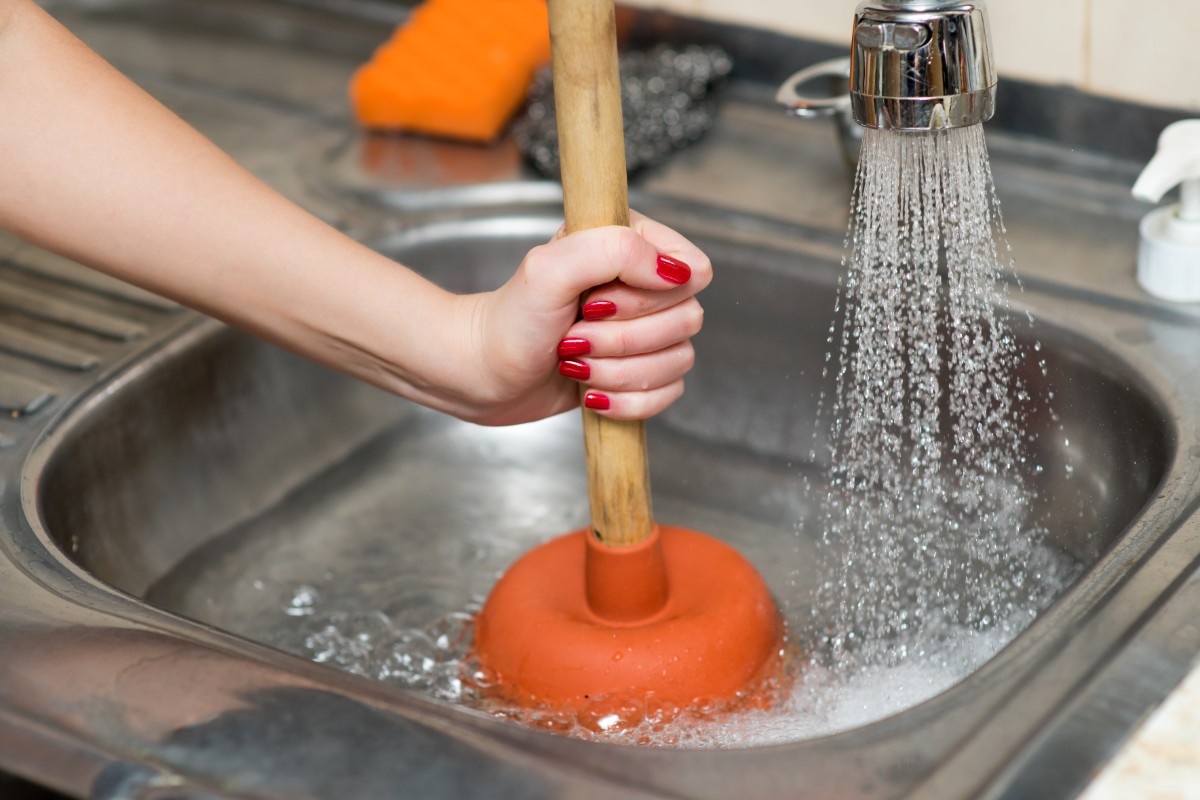
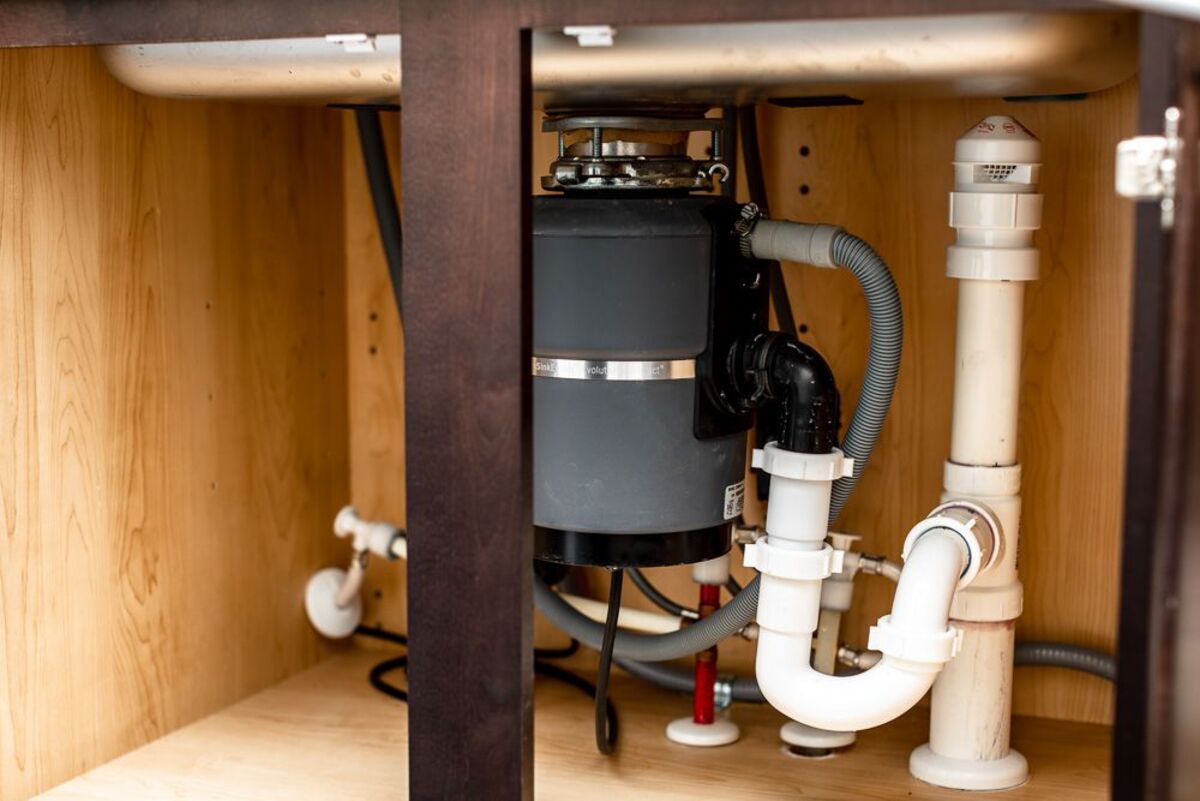
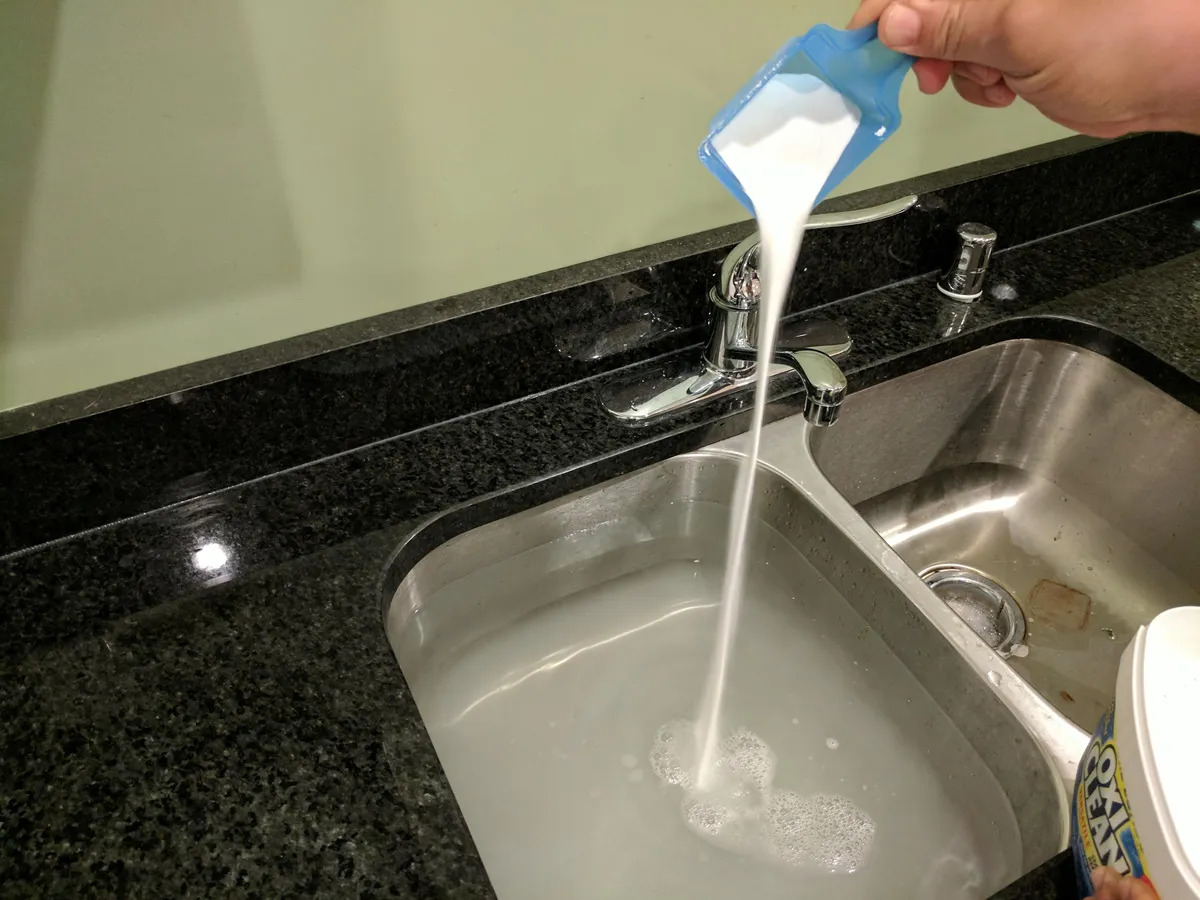
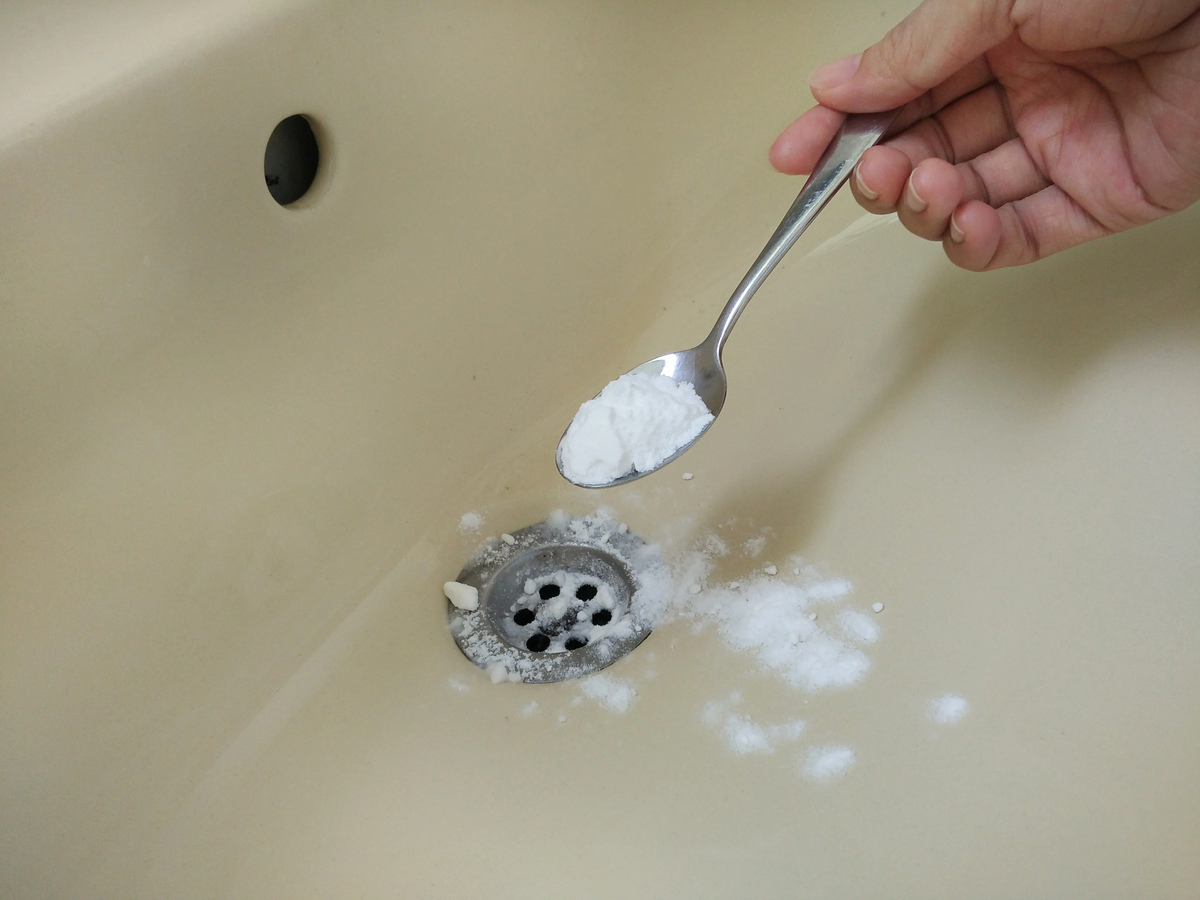
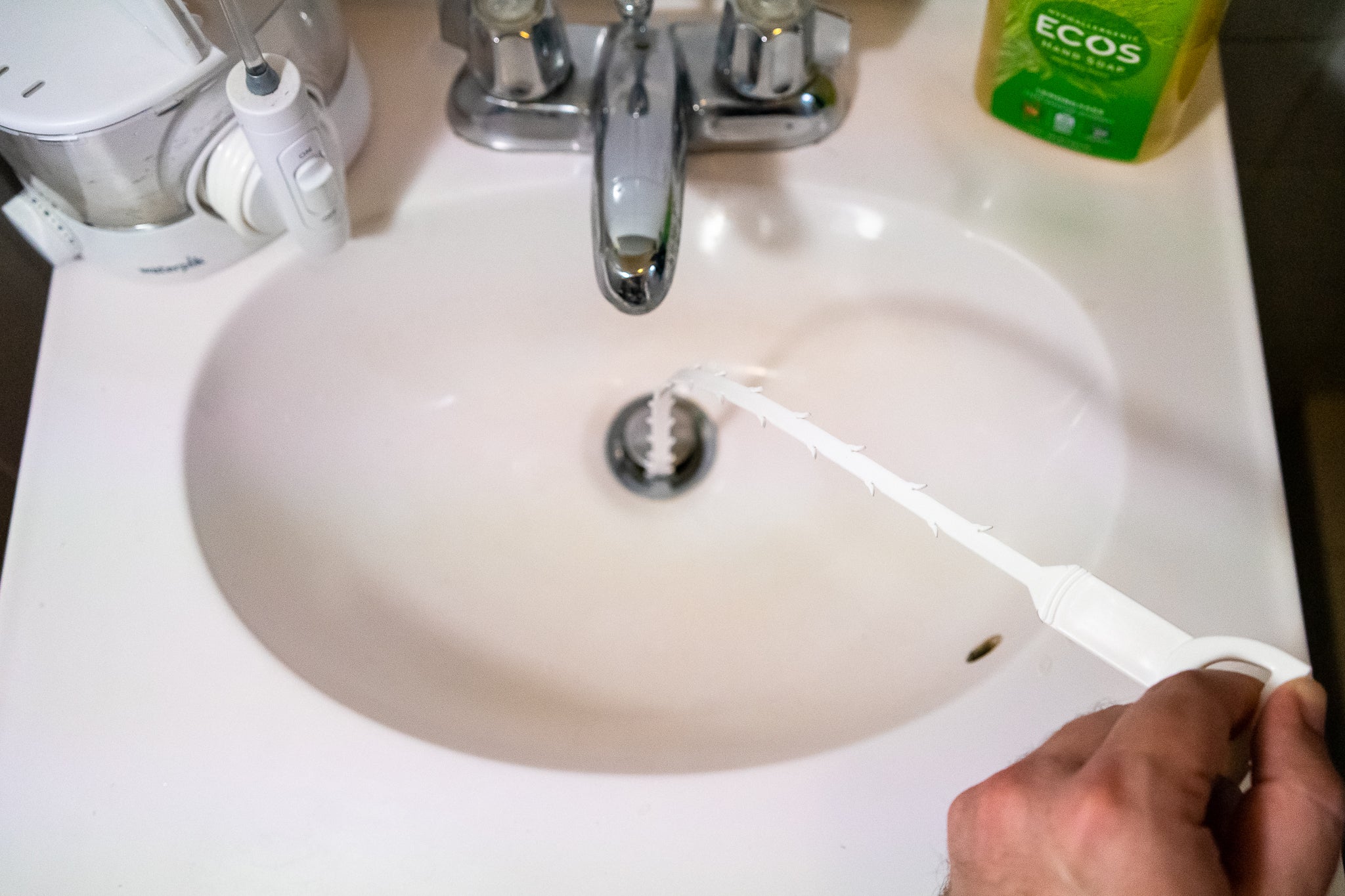
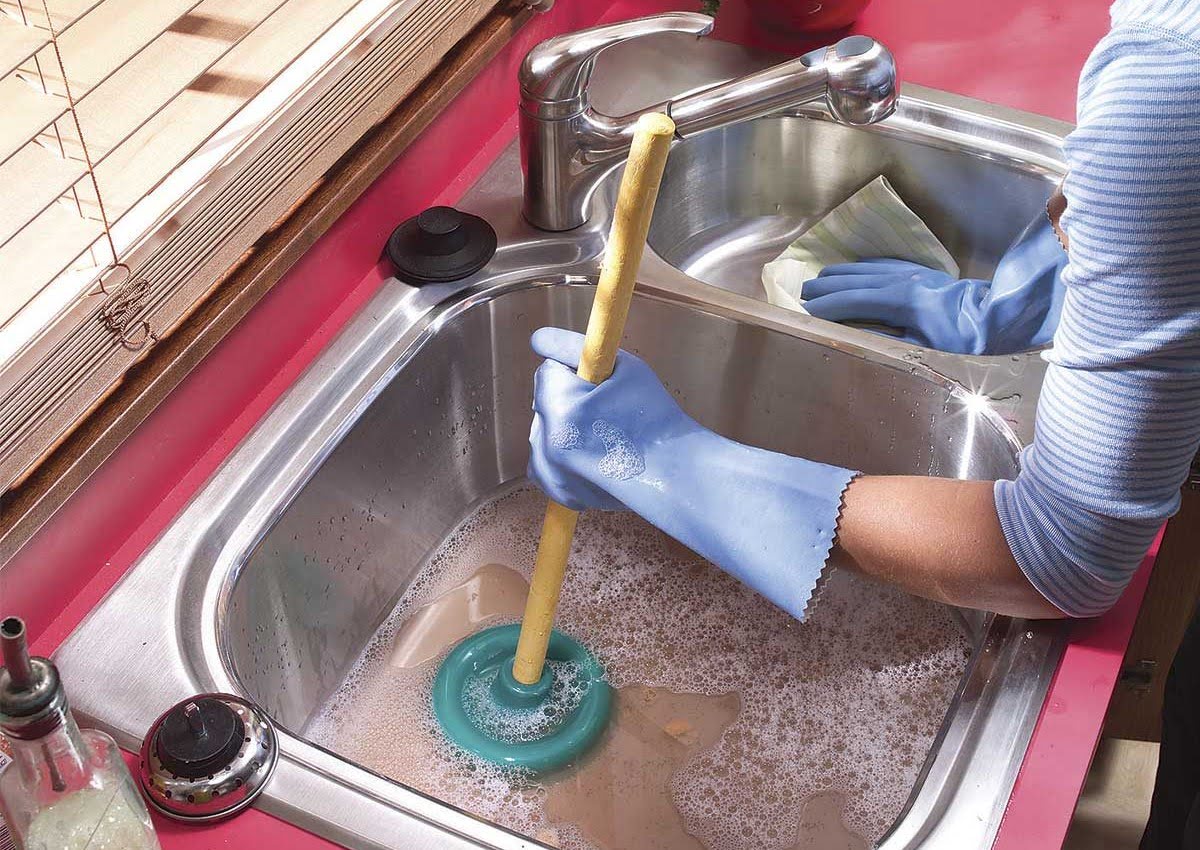
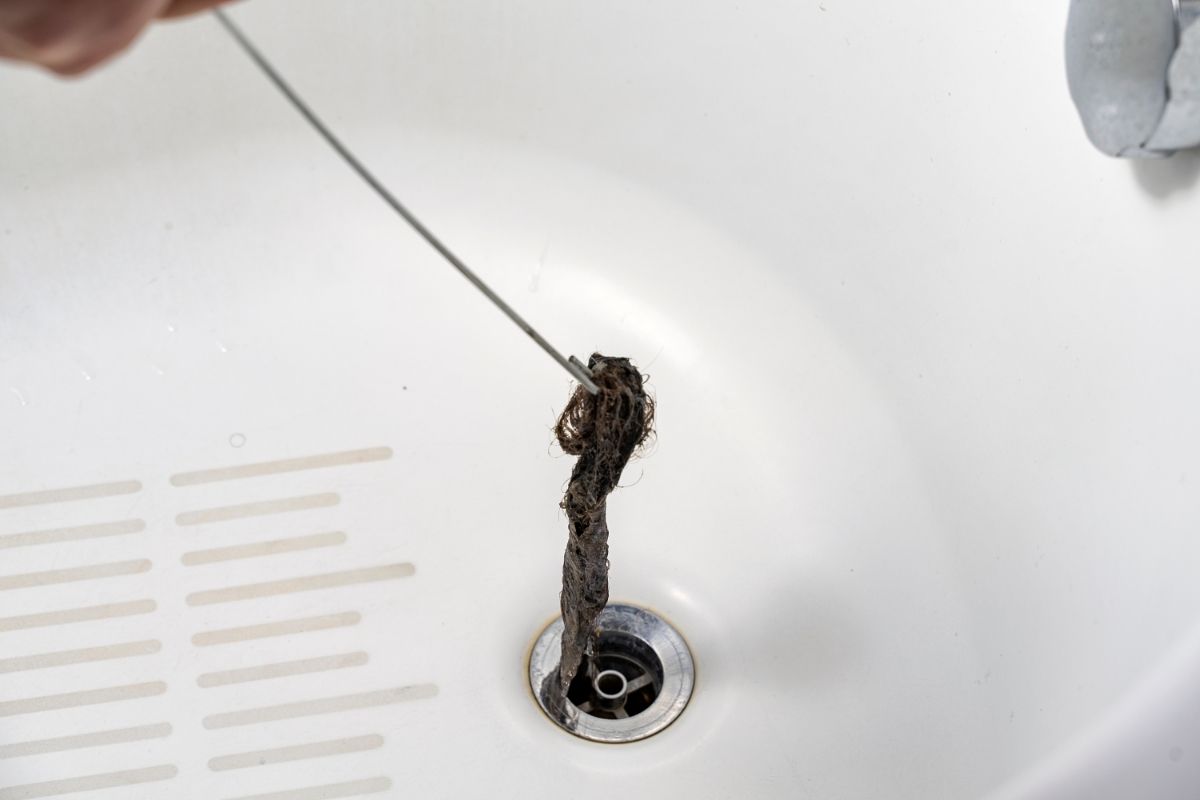
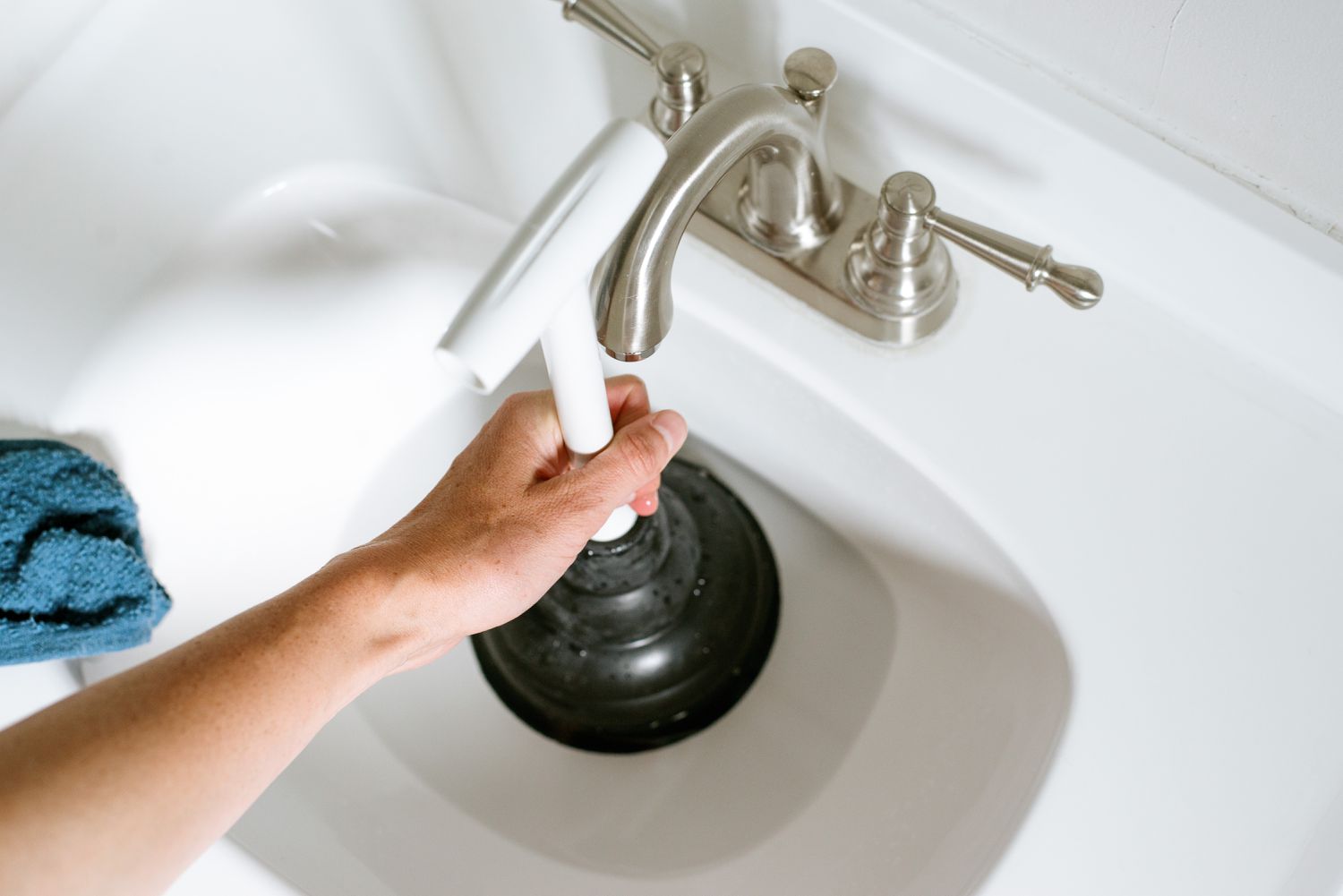
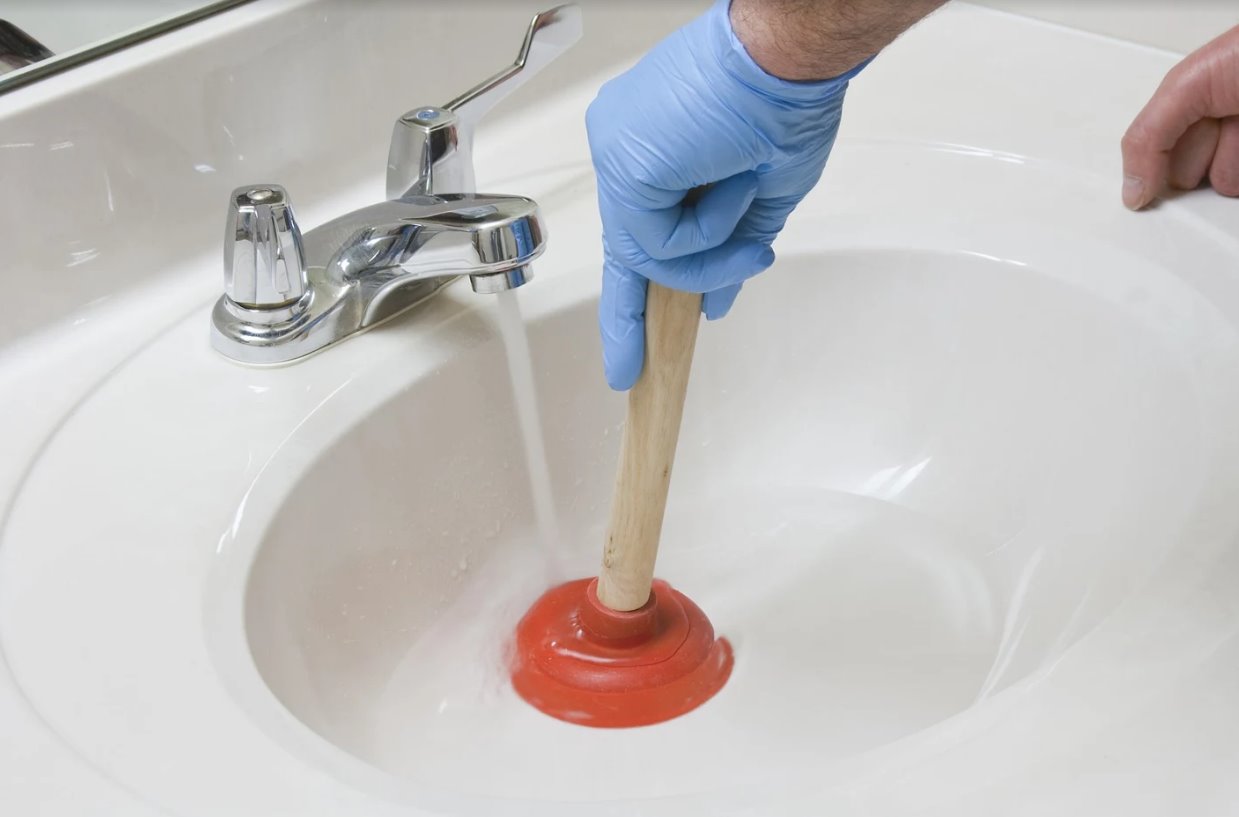
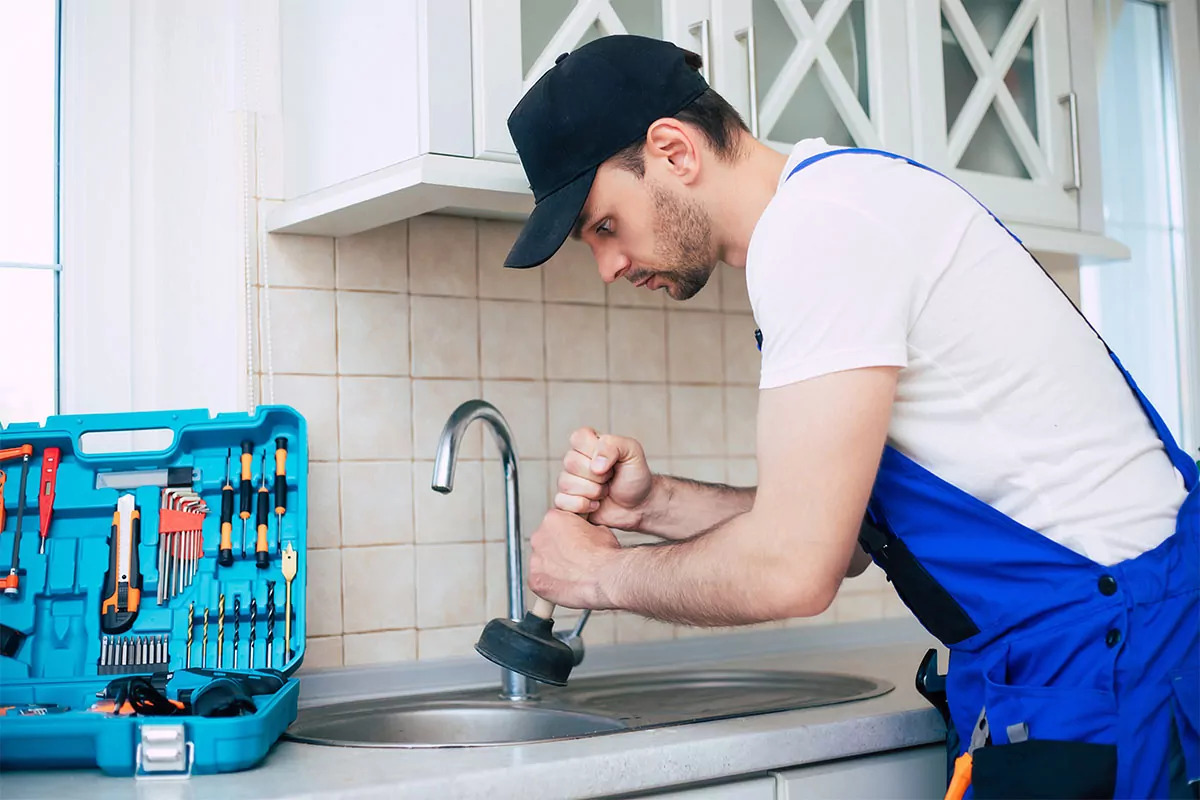
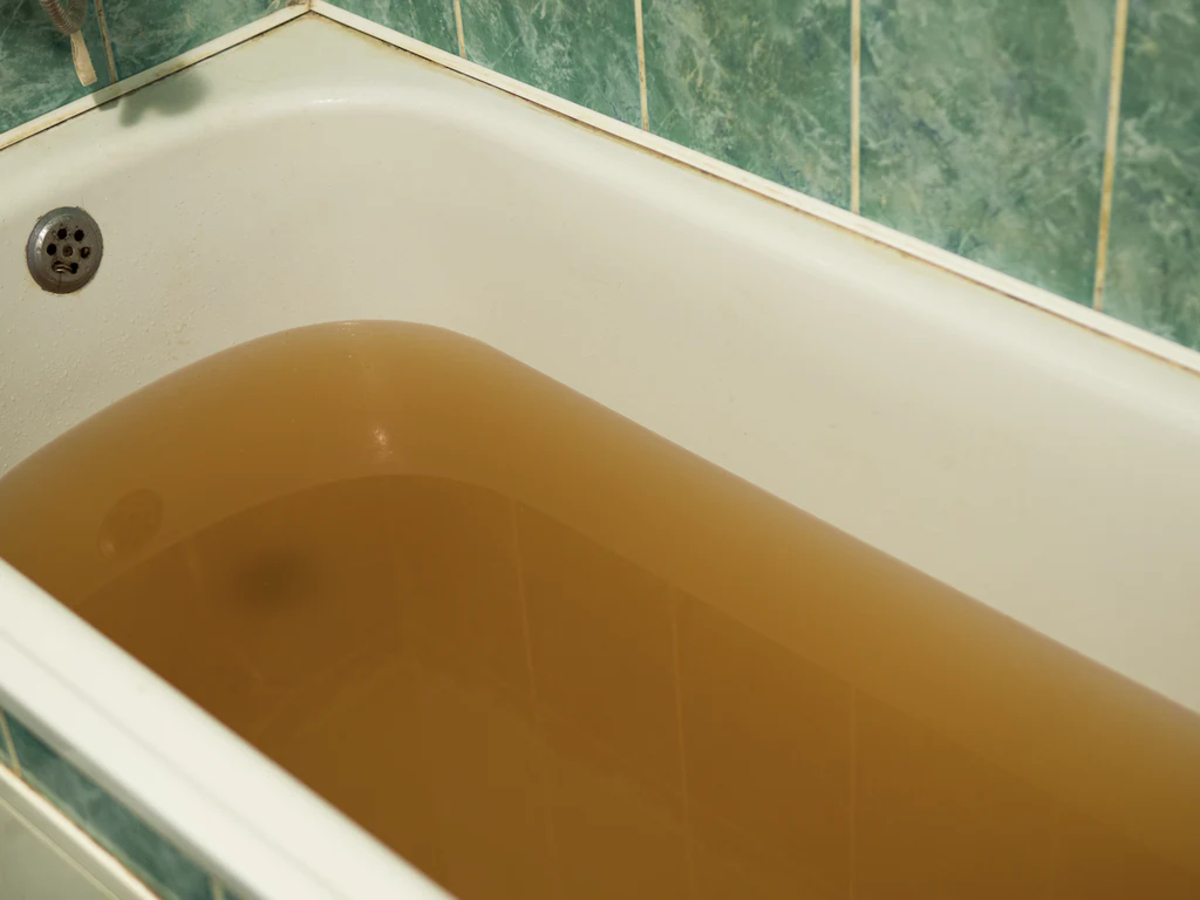
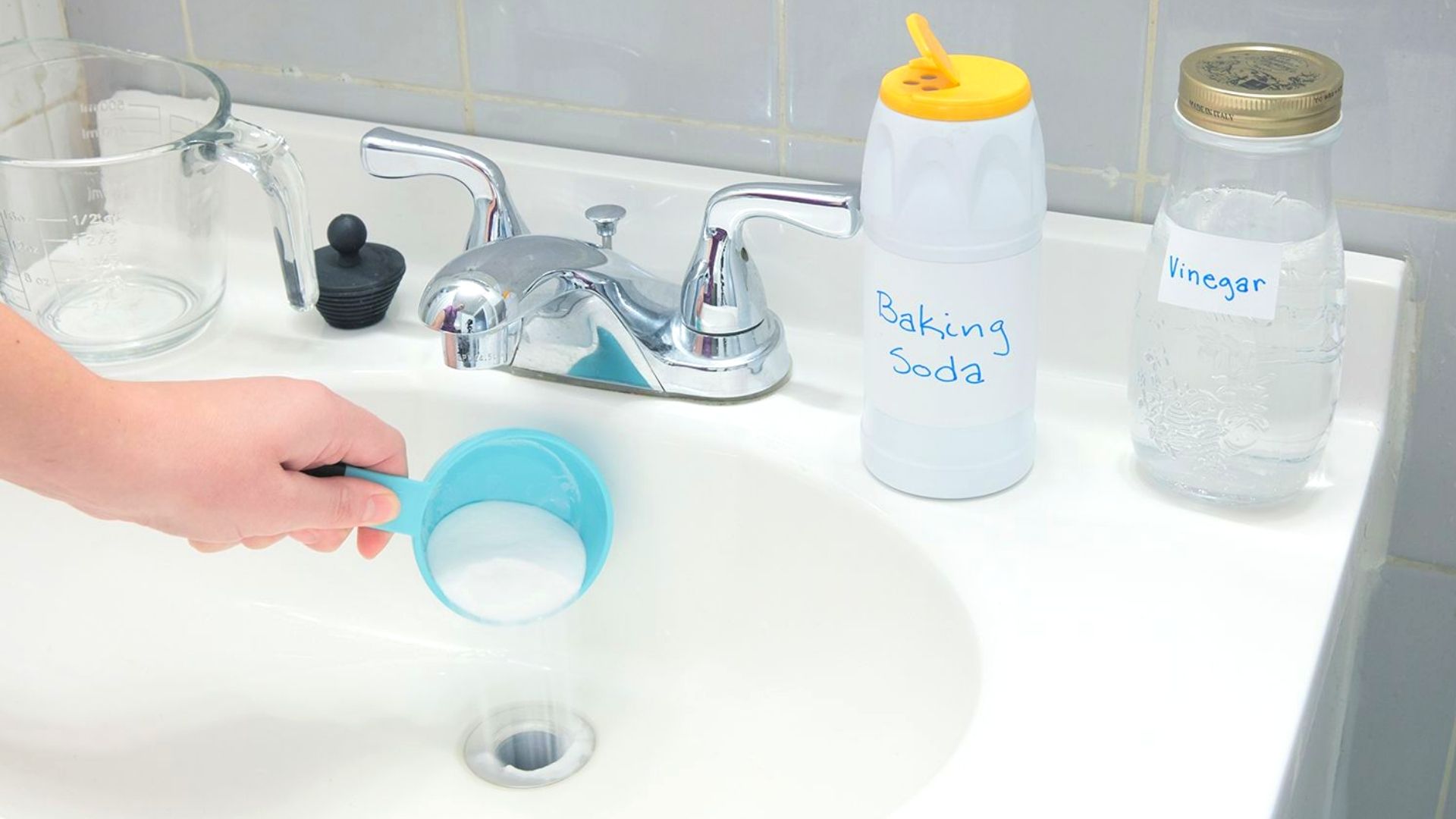
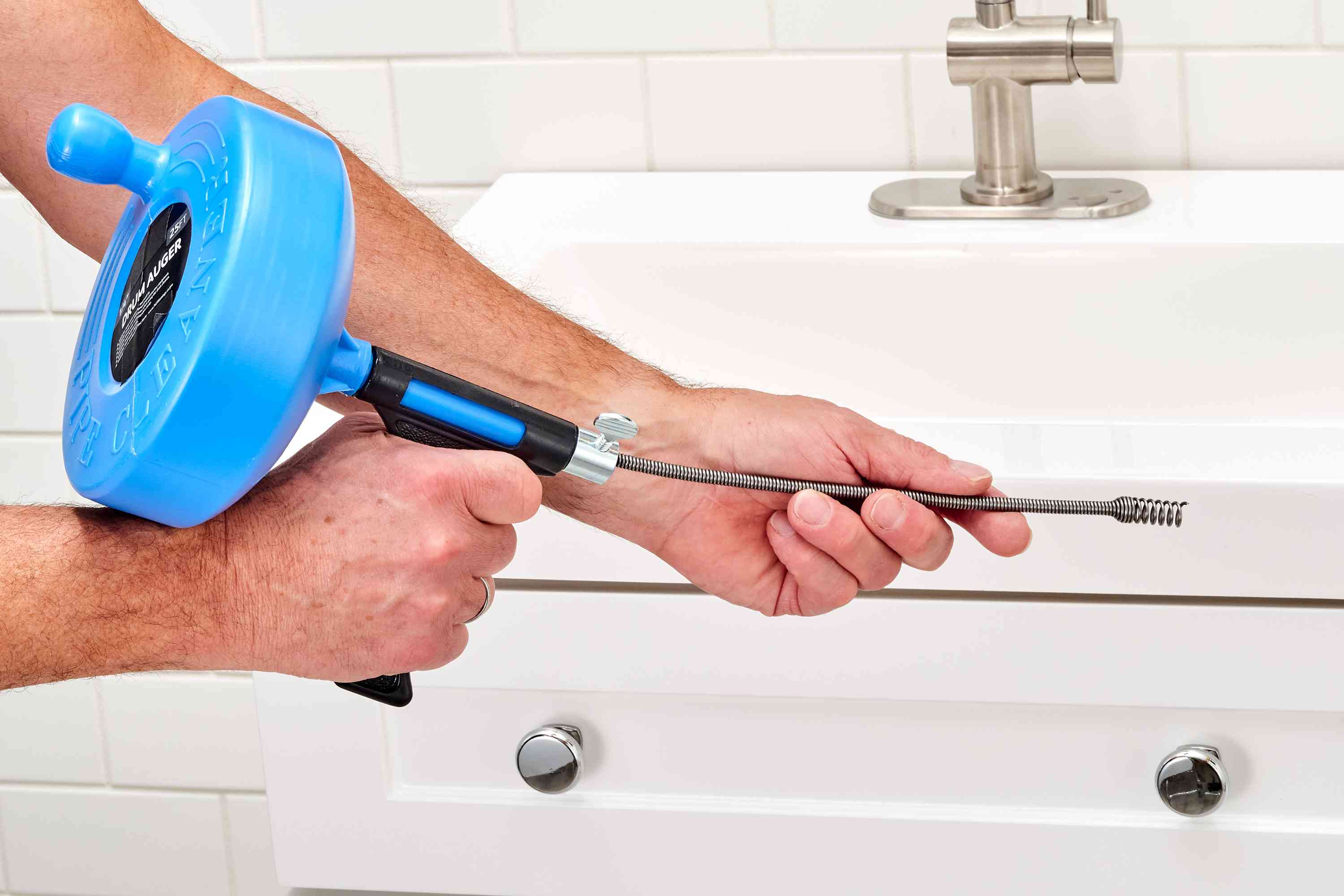

0 thoughts on “How To Unclog A Sink With Standing Water”